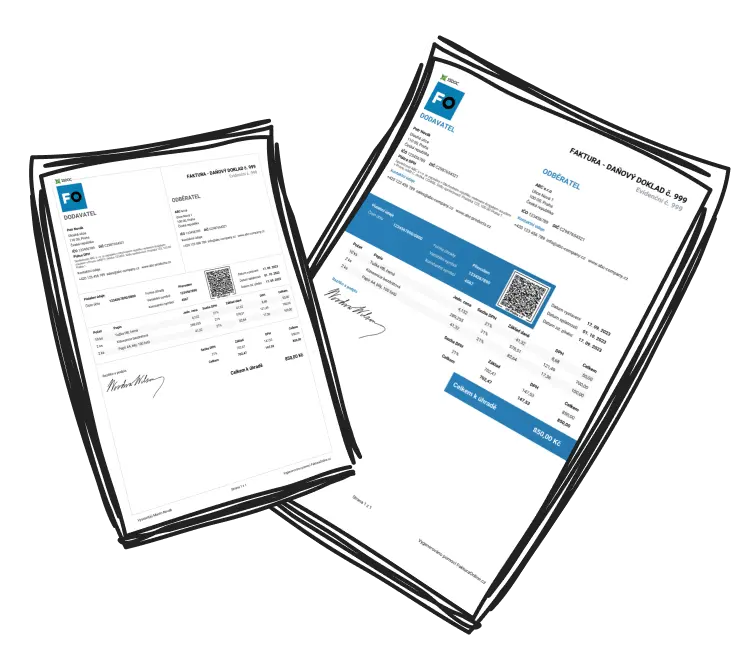An accounting invoice sample acts as a pre-structured billing example, guiding businesses in creating professional invoices. These samples outline standard practices for organizing invoices and include essential components like business and client details, transaction dates, and itemized billing. Primarily, they serve as templates to ensure legal and tax compliance, and help maintain professionalism in financial transactions.
An accounting invoice sample acts as a ready-to-use model for creating clear, accurate, and professional invoices.

How Can an Accounting Invoice Sample Help in Creating an Effective Invoice?
An accounting invoice sample simplifies and streamlines the invoicing process by offering a clear framework for organizing critical details, ensuring compliance with industry standards.
Saves time: Pre-made samples eliminate the need to design invoices from scratch.
Ensures accuracy: Highlights essential fields such as invoice numbers and payment terms.
Maintains branding: Supports adding logos, colors, and fonts for a professional touch.
Provides compliance: Ensures legal and tax requirements are met.

Tip
Leverage invoice samples to minimize errors and improve your business’s professional image.
What Are the Key Components of an Accounting Invoice Sample?
An effective accounting invoice sample contains several key components, each contributing to its functionality and clarity.
Business name and contact information: Include your company's logo, address, phone number, and email.
Client name and details: Add the buyer’s full name, company name, and contact information.
Invoice number and date: Ensure every invoice has a unique number and issue date for tracking purposes.
Itemized description of services/products: List the goods or services provided, including quantity, price, and descriptions.
Date of issue and payment terms: Clearly state the invoice date and payment deadline, alongside any late fee policies.
Total amount due, including tax: Provide a breakdown of costs and applicable taxes (e.g., VAT or sales tax).
Additional notes: Use this section for extra comments, reminders, or customer appreciation messages.

Example Box
Imagine a freelance graphic designer’s invoice showing:
- Header: “Invoice” with a logo.
- Description: 5 logo designs @ $50 each = $250.
- Payment Terms: Payment due within 30 days.
Where Can I Find a Reliable Accounting Invoice Sample?
Reliable accounting invoice samples are available from various platforms catering to business and financial needs.
Accounting software: Explore templates in QuickBooks, FreshBooks, and Xero.
Document tools: Microsoft Office (Word, Excel) and Google Docs/Sheets offer easy-to-edit templates.
Cloud-based platforms: Canva provides creative designs for invoices.
Industry-specific sites: Websites dedicated to fields like healthcare or freelancing often provide tailored templates.
Expert advice: Consult accountants or financial advisors for customized, compliant samples.
Use trusted platforms like QuickBooks or Google Docs for professional, editable invoice samples.
How Does Analyzing an Accounting Invoice Sample Assist in Understanding Invoicing Practices?
Analyzing accounting invoice samples helps businesses understand both the technical and aesthetic elements of invoicing.
By analyzing how details like client information, payment terms, and item descriptions are formatted, users can improve their own invoices' transparency and professionalism. Samples also ensure calculations are presented correctly and tax compliance is maintained.
Additionally, reviewing multiple samples highlights industry-specific differences, assisting businesses in tailoring their invoices to specific audiences. Subtle features like branding elements or phrasing in payment instructions can also enhance customer interactions.
Pro Tip: Analyze multiple samples to uncover trends and best practices for your industry.


